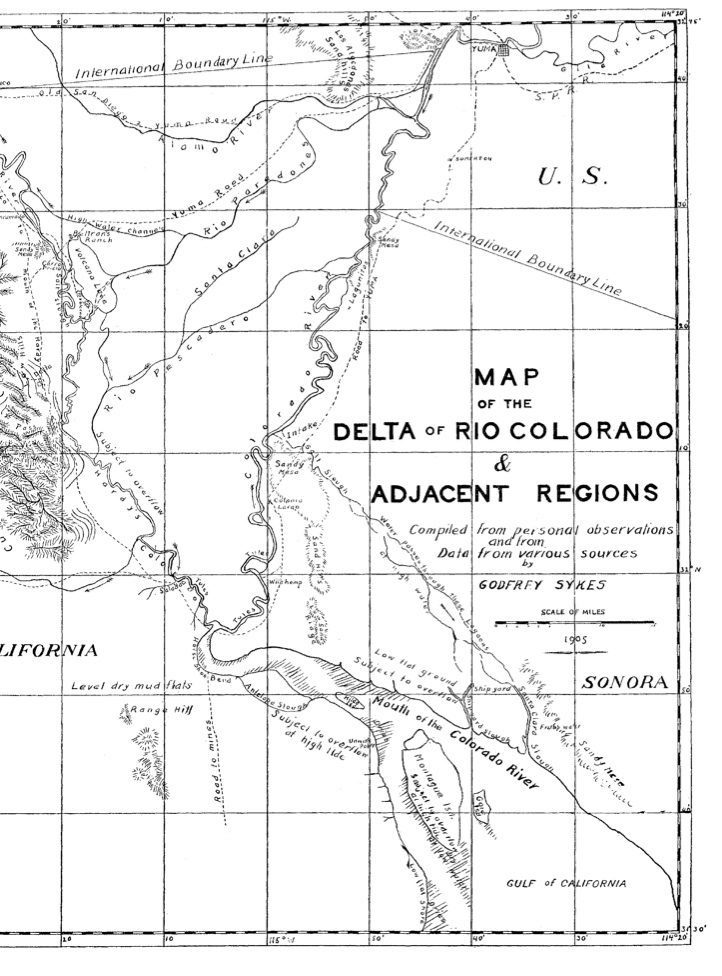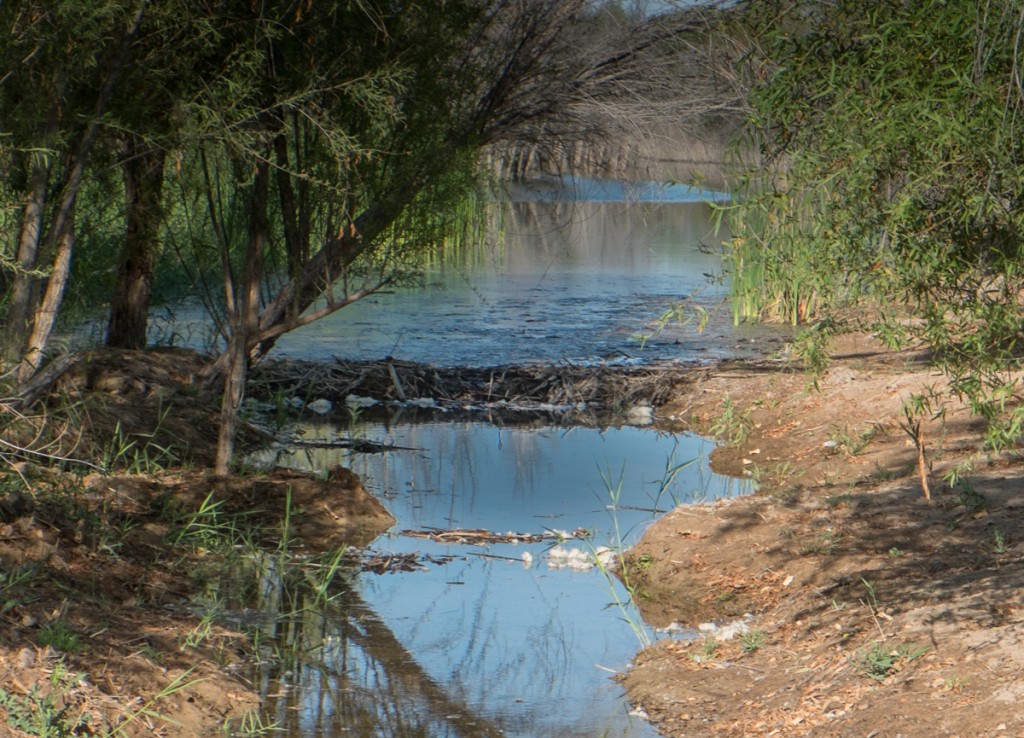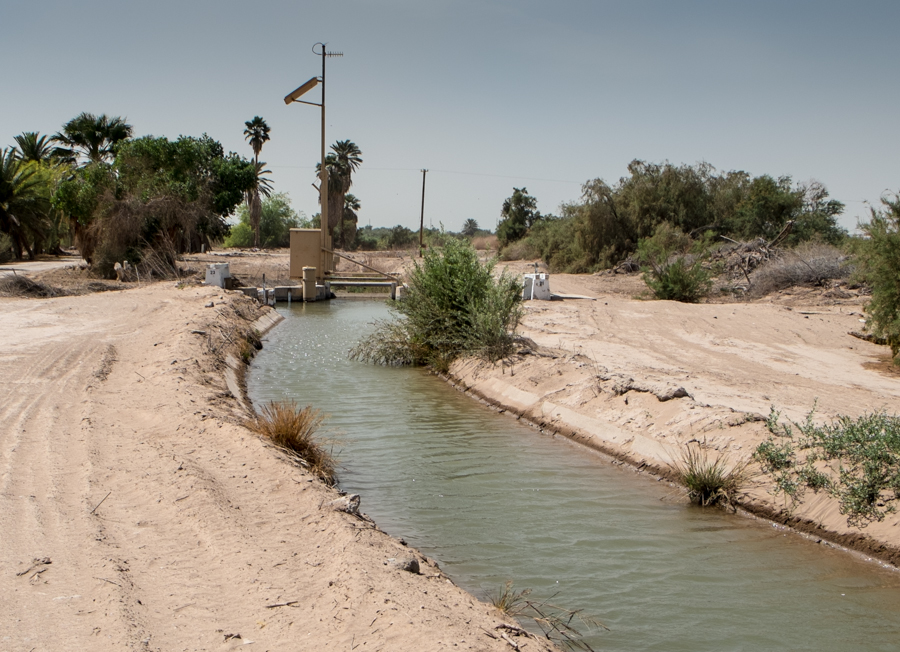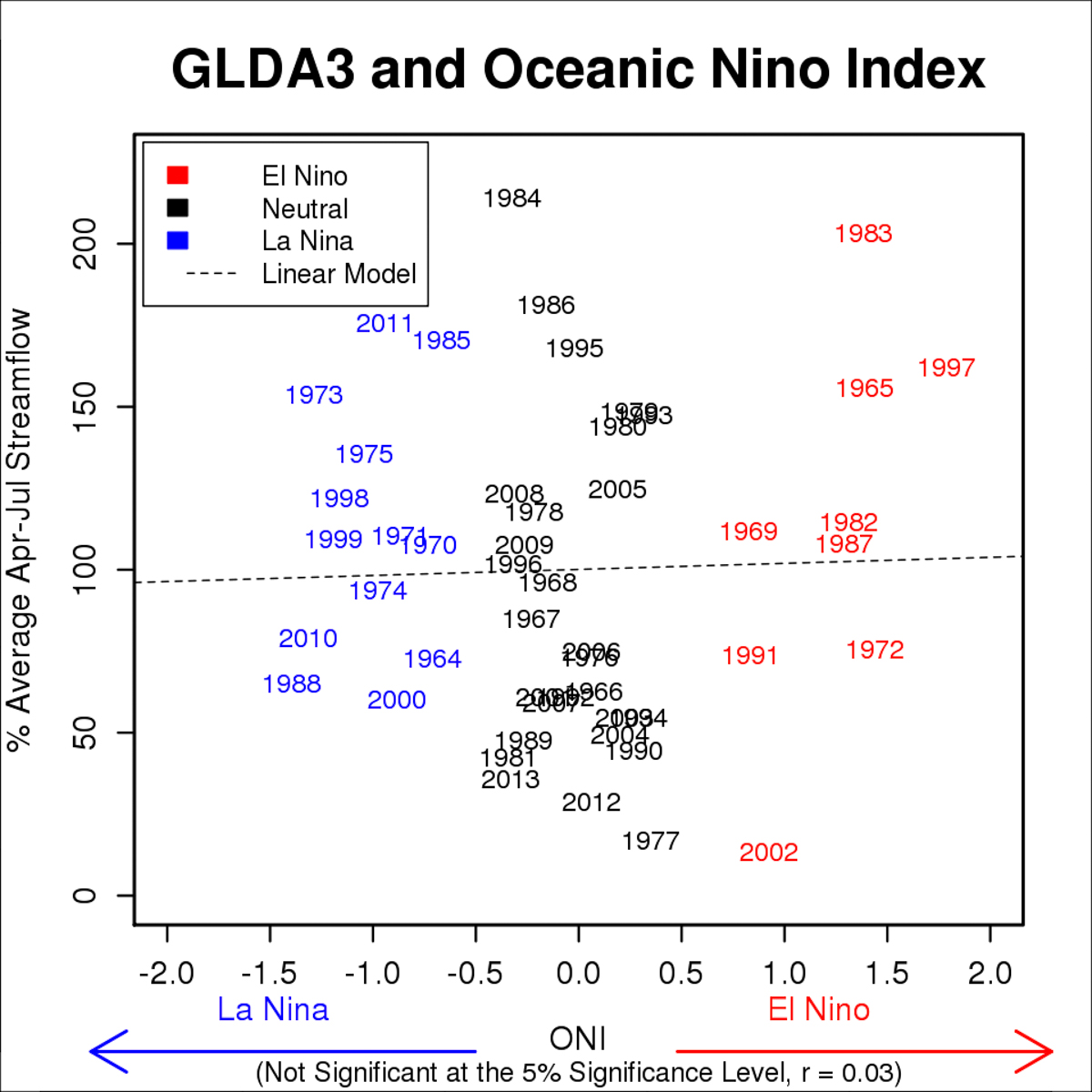We’re beginning to see details of a pilot program to conserve water in the Colorado River Basin to prop up declining water levels in the basin’s major reservoirs by paying water users to not use water.
The Southern Nevada Water Authority’s board last week approved that agency’s $2 million contribution to what would be a $13 million effort funded by the four largest Colorado Basin municipal water users – SNWA, the Central Arizona Project, Denver Water and the Metropolitan Water District of Southern California, each kicking in $2 million – and the U.S. Bureau of Reclamation, which would kick in $3 million.
A staff report last week from SNWA General Manager John Entsminger to his board (pdf) describes the program thus:
The purpose of the program is to determine if voluntary demand management actions (including agricultural land fallowing, curtailment of industrial uses, municipal conservation, etc.,) would be feasible to create Colorado River system water to mitigate the impacts of ongoing drought.
Las Vegas feels an acute need because dropping reservoir levels threaten its intakes, while everyone feels the drought pinch, Entsminger told his board.
Here’s how Kathryn Sorensen, water services director for the city of Phoenix, described it in a report to her city council this week (pdf):
Under the program, entities entitled to use Colorado River water would be compensated for voluntary reductions in water use, which would create conserved water that would benefit the system through increased reservoir levels. These increased reservoir levels then would forestall or mitigate future shortage declarations.
(h/t Betty Reid at the Arizona Republic for the mention of Phoenix’s interest in this.)
If this goes forward, it’s a potentially significant development in Colorado River Basin water management for a couple of reasons.
First, the mechanism on the surface looks a bit like the “Intentionally Created Surplus” and “Intentionally Created Mexican Allotment” (ICS and ICMA, and yes, they we really pronounce it “ick-ma”) mechanisms. Under those mechanisms, Lower Basin and Mexican water users can get credit for water conservation measures, creating storage banks in Lake Mead. But this new Colorado River Conservation Program would be different in a key way. The water saved wouldn’t be tagged as belonging to any particular water user. It would simply increase the overall amount of water available in the system for all users. (The pseudo-economist in me is curious about free rider problems. A subset of the basin’s water users are paying, everyone benefits. But that’s a subject for later, I guess.) The significance here is a general effort, with money behind it, to increase conservation in the basin as a whole, for the benefit of all.
Second, the effort crosses the Upper Basin-Lower Basin boundary. Denver Water is part of the deal. ICS and ICMA are entirely a Lower Basin/Lake Mead thing. Adding Denver and taking steps to prop up Lake Powell are a big deal.
Entsminger told his board the pilot program would begin this year and run through 2016.






